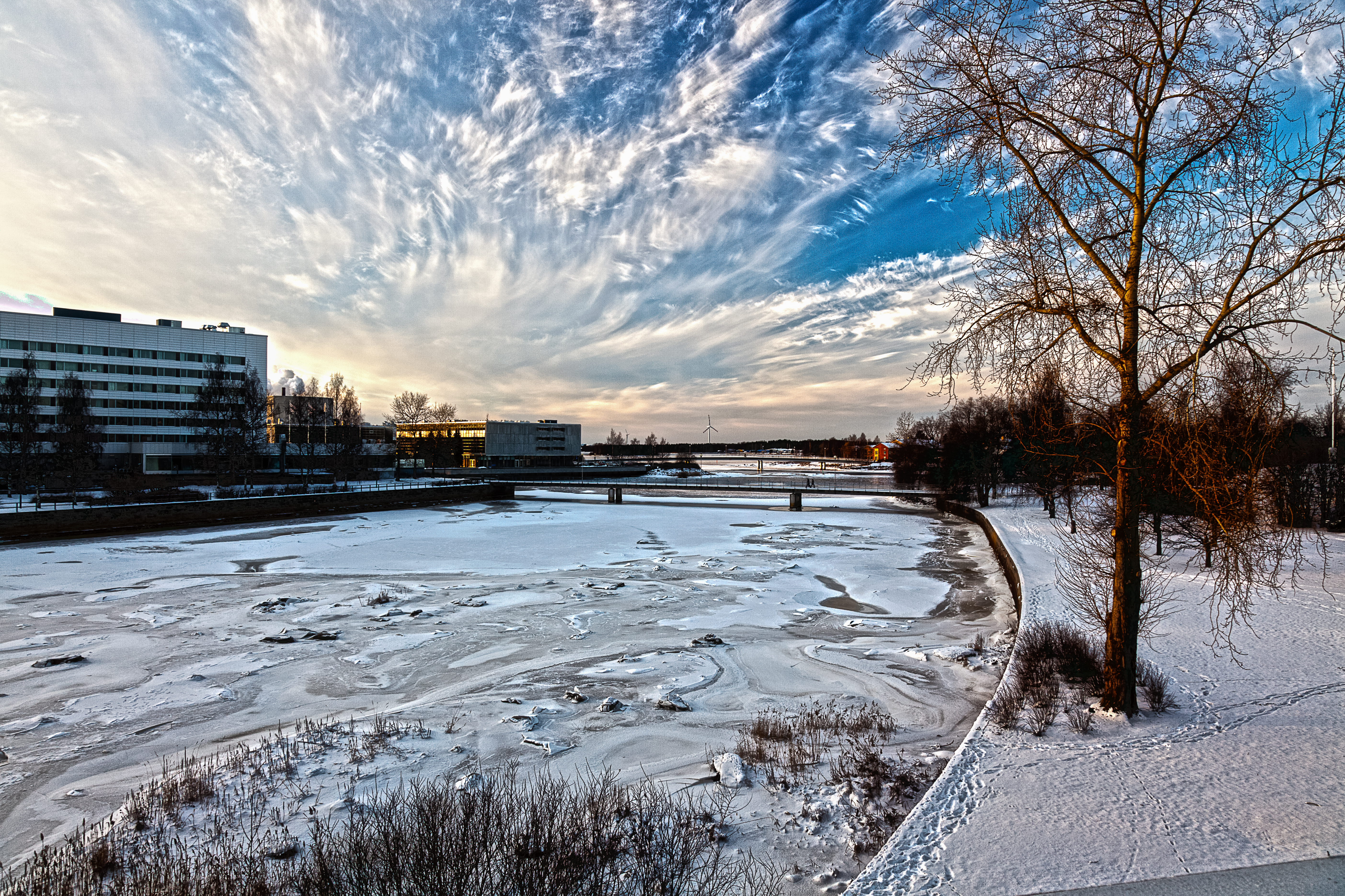The Week Ahead: The Arctic Council meets in Oulu while Greenland’s leader calls on China
Note: Regular readers of the former Arctic Journal will be familiar with the Week Ahead, a weekly preview of some of the events related to the region that will be in the news in the coming week. After an involuntary hiatus caused by the closing of the Arctic Journal, Arctic Now is reintroducing the Week Ahead. Most Mondays we’ll provide you with insights into a handful of issues and events that relate to the region. If you have a topic you think ought to be profiled in a coming week, please contact us.
Start of the Finnish
This week, the Arctic Council assembles in Oulu, Finland. The meeting is the first time the senior Arctic officials, the high-level diplomats and civil servants who represent each of the eight member states, will convene after Finland assumed the chairmanship of the organization in May.
Pre-meeting communication suggests that, befitting the smooth transition that has characterized the transfer of the council’s leadership to Helsinki from Washington, the return to council business will focus on tried-and-true themes of Arctic co-operation: pollution-prevention and education are singled out, as are scientific co-operation and council participation in the next UN climate summit, to be held in Bonn from November 6-17.

The discussions involving a topic known as resilience may be less tranquil. The inclusion of resilience on the agenda comes a surprise, considering the amount of discussion stirred up last November in connection with the publication of a council report about the subject.
As an academic topic, resilience refers to the ability to respond to the shocks generated by disastrous events the likes of global warming. The aim of the Arctic Resilience Report was to better understand what changes might be in store for the people of the region, as well as what governments could do to help them adapt.
While welcomed by some, including indigenous groups, as a way to better incorporate traditional knowledge into planning, others suggest resilience perpetuates pre-conceived notions about the connection between people in remote areas and their connection to their environment, promoting, in effect, a hands-off approach to addressing the changes they face.
The Oulu meeting also marks the first time the seven observers admitted during the council’s biennial meeting will get to address the full council. Observers, according to the council, are admitted based on their ability to “make relevant contributions”.
For now, the majority of their effort goes in at the working-group level, but as their numbers have grown (they now number 39, compared with eight member states and six indigenous groups), the council has sought to find ways to make the most of their expertise. This was also the reason for a pause in new observer admissions in 2015, when it was decided to reconsider their role in the organization.
During the American chairmanship, observers were consistently asked for their input during SAO meetings. This is expected to continue under the Finns, who have highlighted environmental and educational issues as two areas where they would like to hear how observers can contribute.
Though it’s not on the public agenda, the SAOs may also be asked to consider the selection of the council’s new director. A new director, due to have been named on October 1, will replace Magnús Jóhannesson, an Icelander who become the council’s first permanent administrative chief in 2012.
Though not serving in a decision-making capacity, the director remains an important position in several respects, not least as an ambassador for the organization, and as a consistent face amid rotating national chairs.
Jóhannesson’s image has already been removed from the Arctic Council’s website, suggesting that, for his replacement, the start could be Finnish business.
Polar-bear diplomacy
Also this week, on October 26, Kim Kielsen, Greenland’s political leader, heads to China for a 13 day visit. By now, cabinet-level visits to China have become common, and Nuuk has mulled opening an unofficial embassy in Beijing, which would give it diplomatic representation in what will soon be the world’s largest economy.
Despite their regularity, the visits remain carefully watched. As Beijing’s economic interest in the Arctic and Greenland grows (in Greenland, this is primarily in mining, but more recently as a possible port of call for its emerging Arctic shipping interests), so do concerns in Copenhagen and other capitals that it may also be seeking some form of political influence as well.
One of the signs pointing in that direction: Beijing is said to be considering opening a consulate in Nuuk. In addition to giving Chinese diplomats easier access to decision-makers in Nuuk, this would also provide China with considerable insight into the relationship between Copenhagen and Nuuk.
Some observers have suggested that Beijing’s understanding of ties between the two countries is influenced by its relationship with its own semi-autonomous regions (think Tibet). It was also speculated that this understanding formed the basis for Beijing’s 2014 decision to loan two panda bears to the Copenhagen Zoo.
Kielsen’s visit will serve as a potent reminder to his hosts that Greenland controls most of its own affairs, and that it has the right to assume control over those that remain under Danish control. The pandas, however, will probably have to stay put.